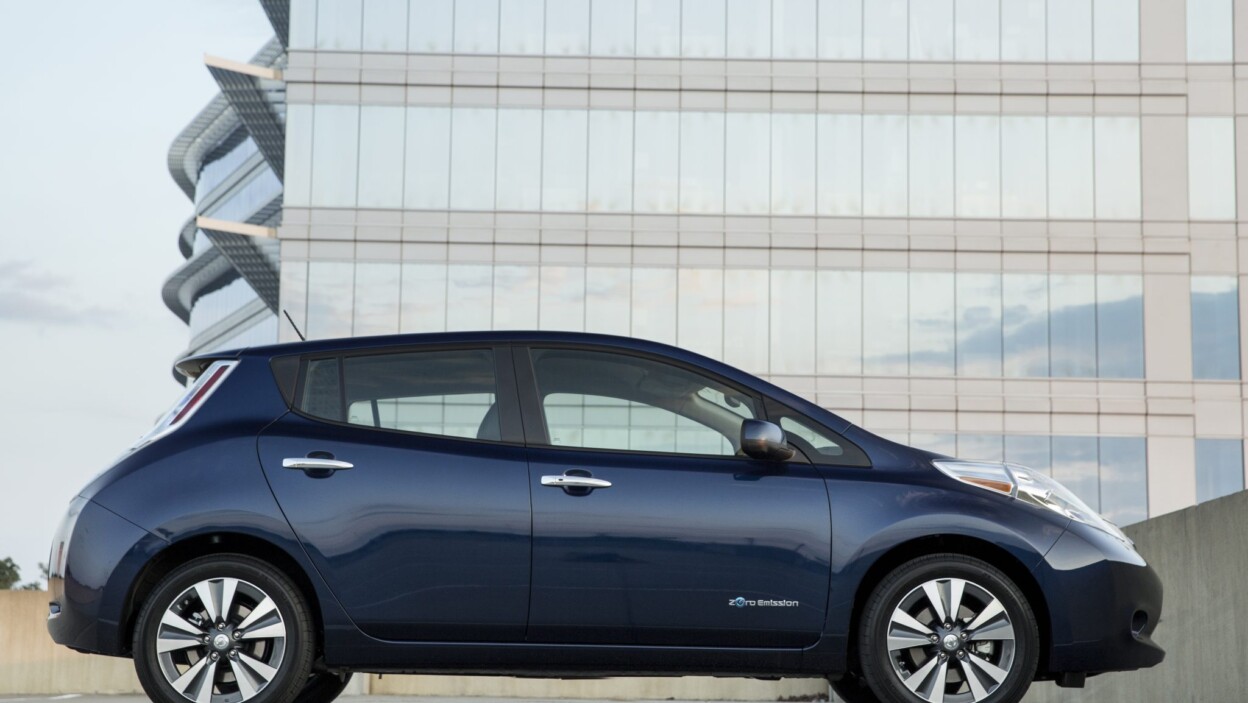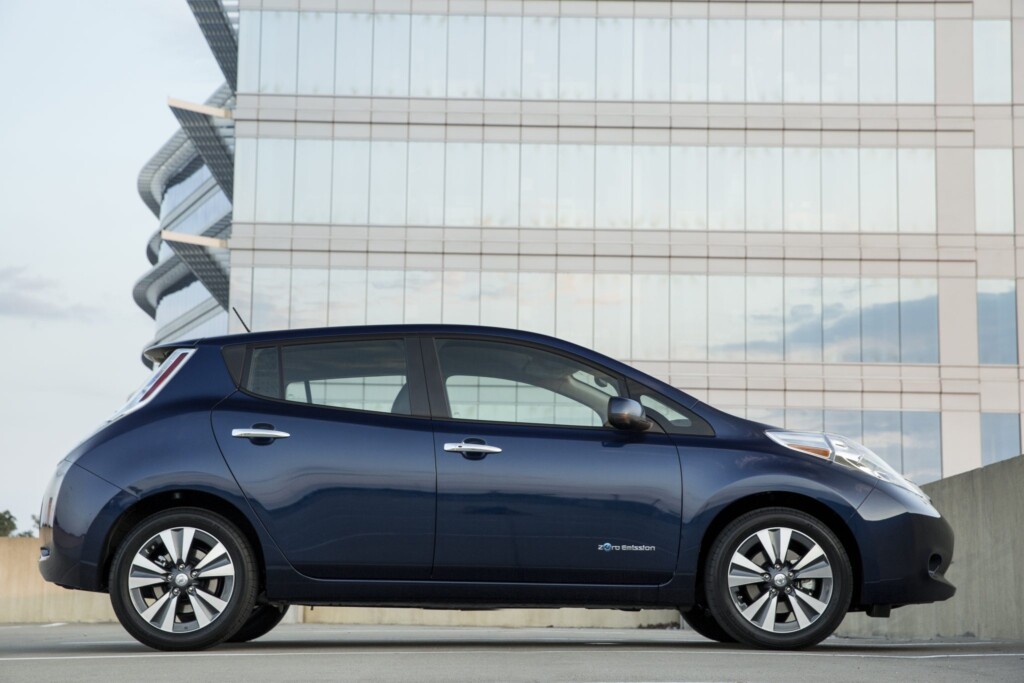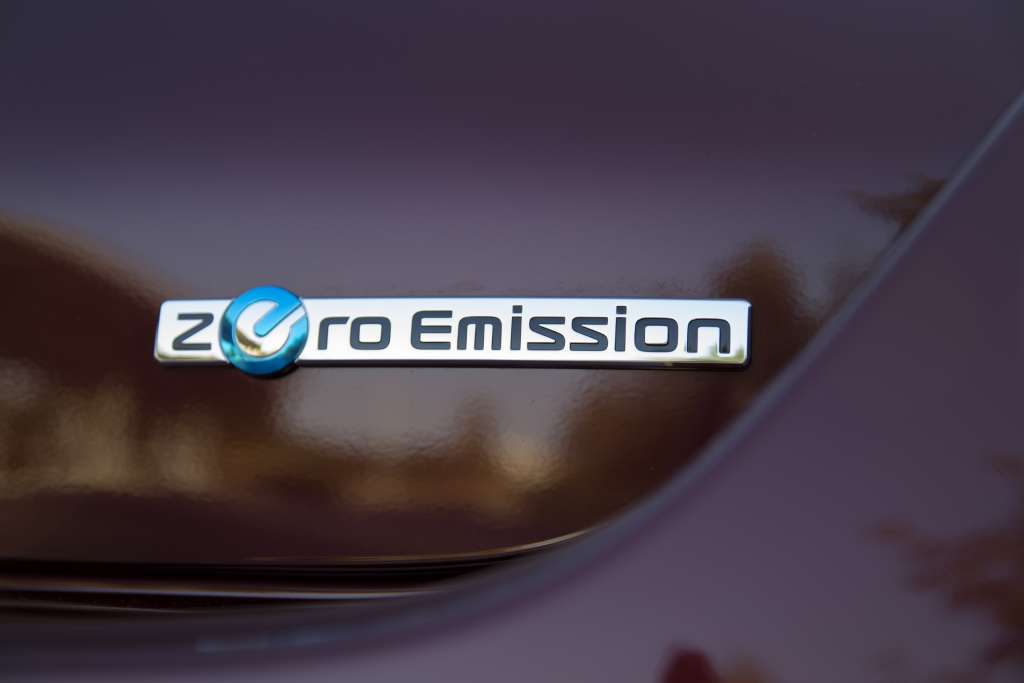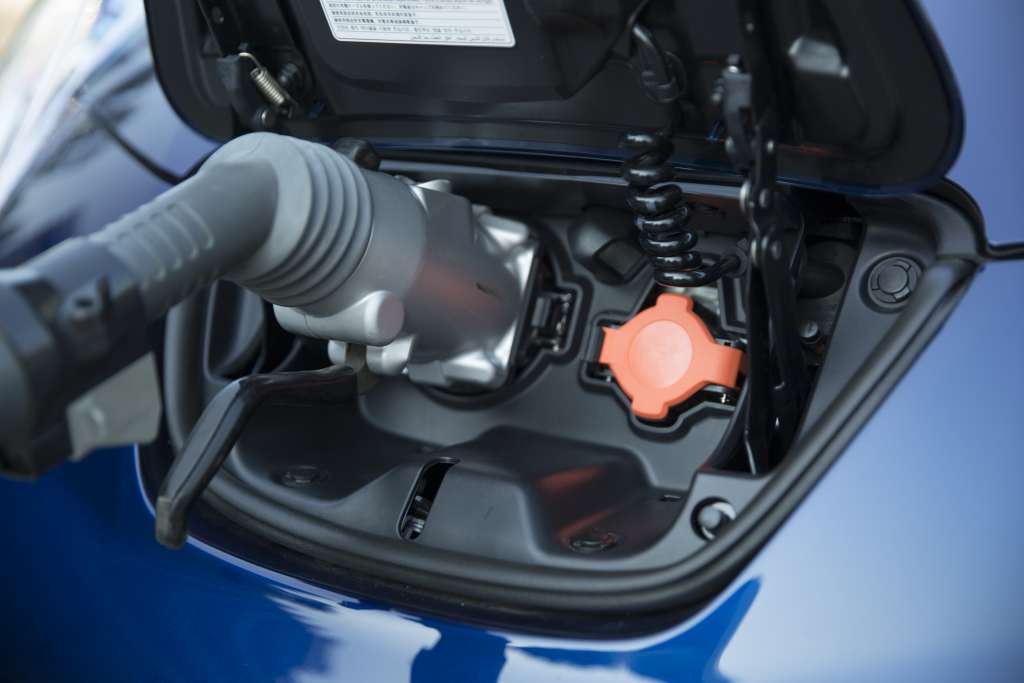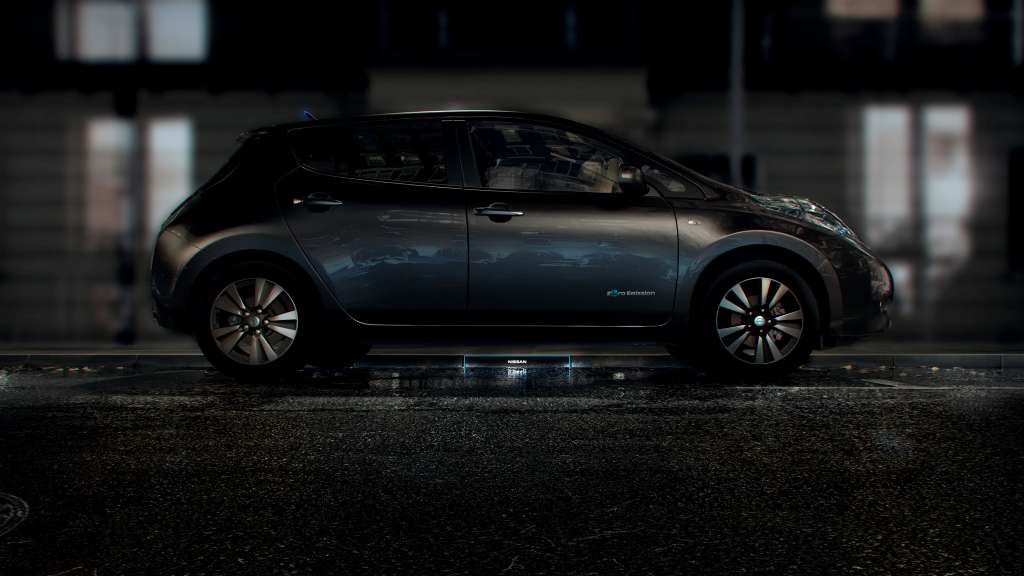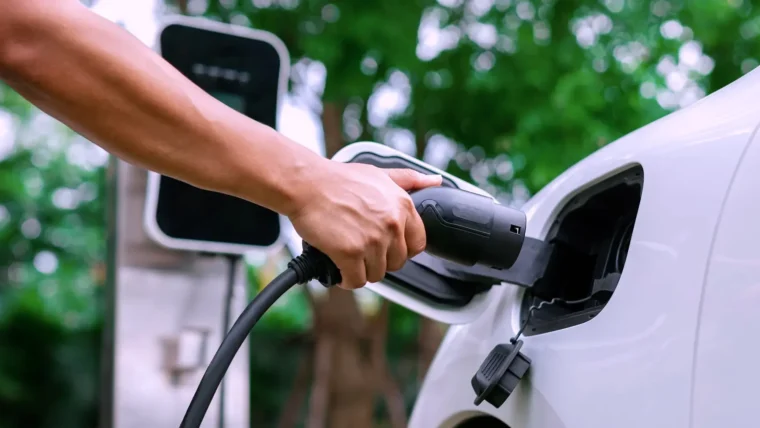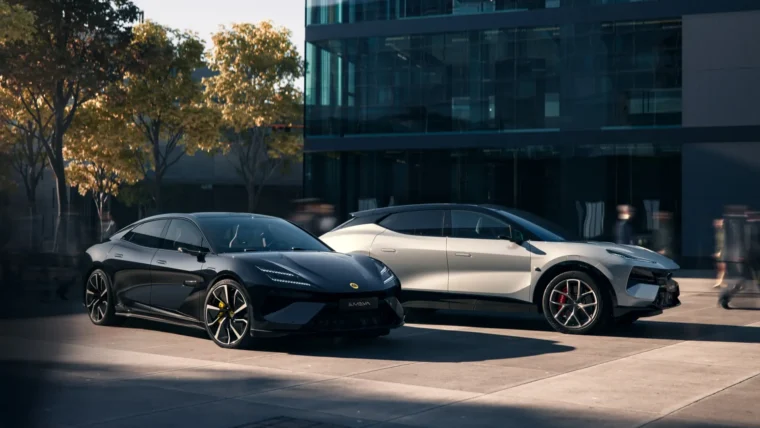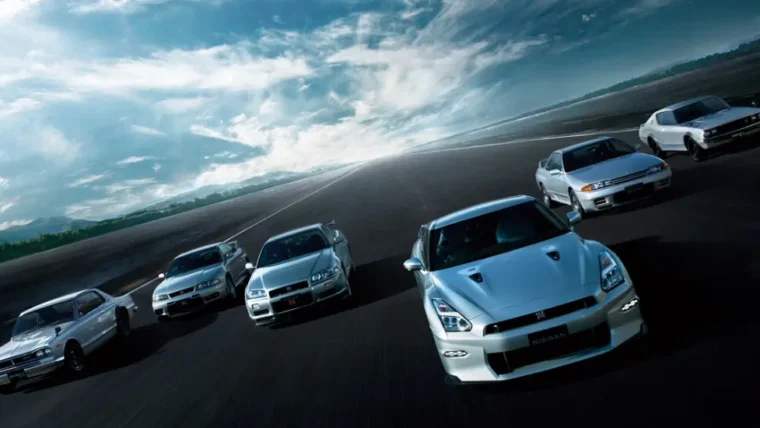Ever since the first Nissan LEAF rolled off the assembly line, it has been continually celebrated around the world, garnering more than 92 awards, including being named Car of the Year in Japan and Europe, not to mention winning the very prestigious World Car of the Year in 2011.
Now celebrating its fifth birthday, the Nissan LEAF EV is as advanced and innovative today as it was five years ago. No other manufacturer has produced as many electric vehicles or covered as much distance without producing any emissions. In fact, Nissan LEAF customers just surpassed the two billion kilometer mark, which is equivalent to 2,600 round trips from the Earth to the moon. This feat has helped keep 328,482 tonnes of CO2 from entering the air, according to a five year sales-volume based assumption.
Also Nissan will deliver its 200,000th LEAF in January 2016, officially making it the world’s most popular and successful electric vehicle. The U.S., Japan and Europe have accounted for 90% of total LEAF sales, with the U.S. leading the way with more than 90,000 sales, followed by Japan (50,000) and Europe (40,000).
Nissan’s heritage with electric vehicles dates back 68 years with the Tama Electric Vehicle. Nissan, which has dedicated itself to in-house research and development of the EV battery, has taken it from zinc and nickel hydride to lithium-ion. The company successfully marketed the world’s first lithium-ion battery EV in 1996 with the Prairie Joy EV. The knowledge and experienced gained from this gave Nissan a big advantage over its competitors and resulted in the first mass-produced EV, the Nissan LEAF.
Nissan has announced that it has invested more than 500 billion Yen in EV projects, with bold plans to expand further as demand for clean, efficient and affordable electric cars continues to grow.
And it’s not just the LEAF that is showcasing Nissan’s EV engineering expertise and investment, as the company has reported that there are nearly 10,000 CHAdeMO Quick Chargers (QC) available worldwide. These QC can charge a LEAF from low battery alert to 80% capacity in just 30 minutes. Japan is taking the lead in developing this infrastructure with 6,000 chargers throughout the country, making it the biggest QC network in the world.
Speaking of electric vehicles, Nissan recently released the first teaser images and video of a wireless recharging system that has been dubbed the “Fuel Station of the Future” set to be unveiled at the Geneva Motor Show in March next year.
There’s no word on technical specifications but Nissan suggested the Fuel Station of the Future is an evolution of the 7 kW wireless charging device that was announced last month. That particular device can recharge the 60 kW battery pack the company’s is working on overnight. Nissan also revealed that particular battery will enable cars to have a range of approximately 500 km.
The video below also reveals that it has LED indicators that show the location of the inductive charger. Once a driver parks next to the device, the lights change from green to blue to indicate that wireless recharging has started.
Other posts by AF Newsdesk

